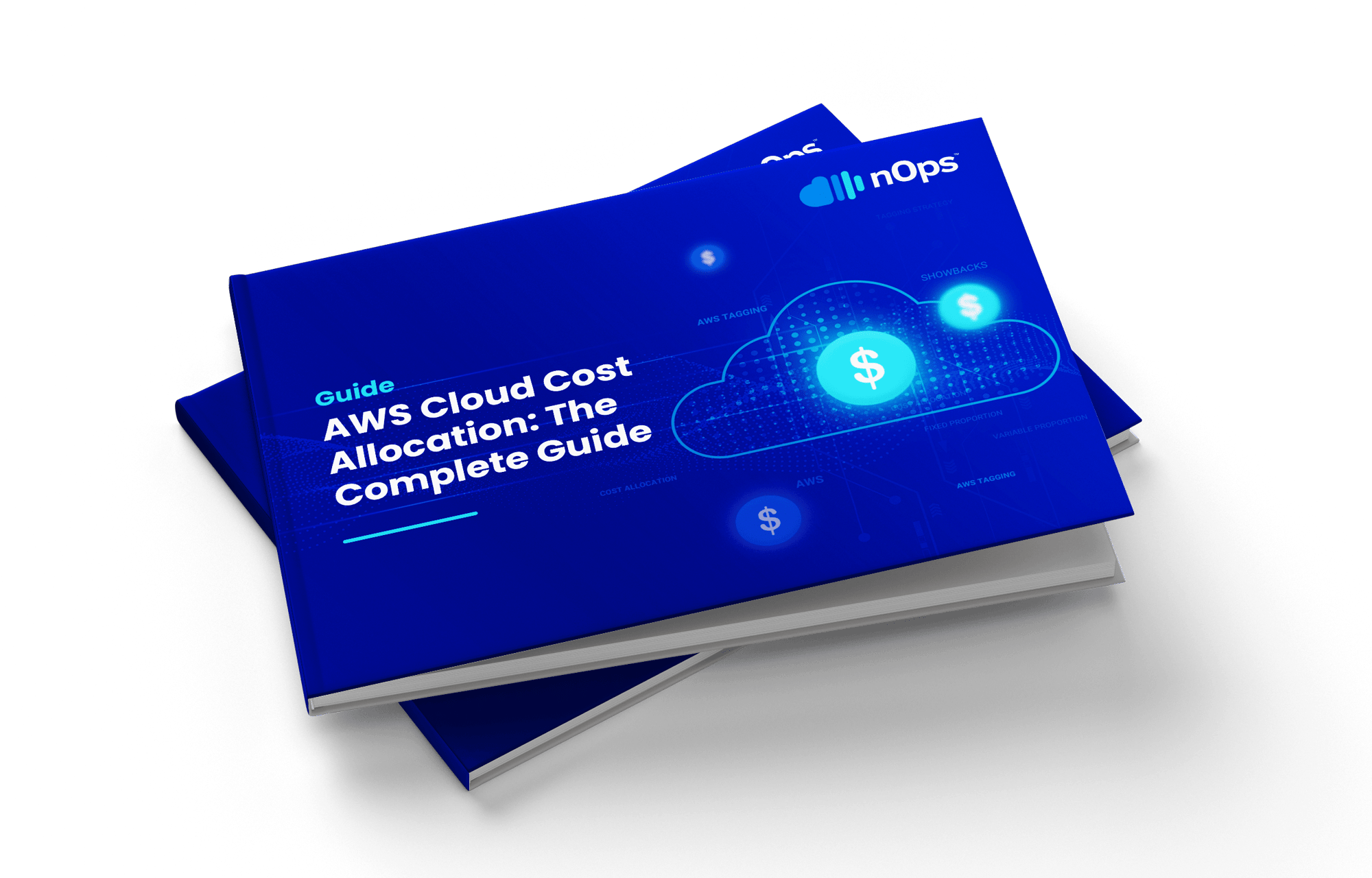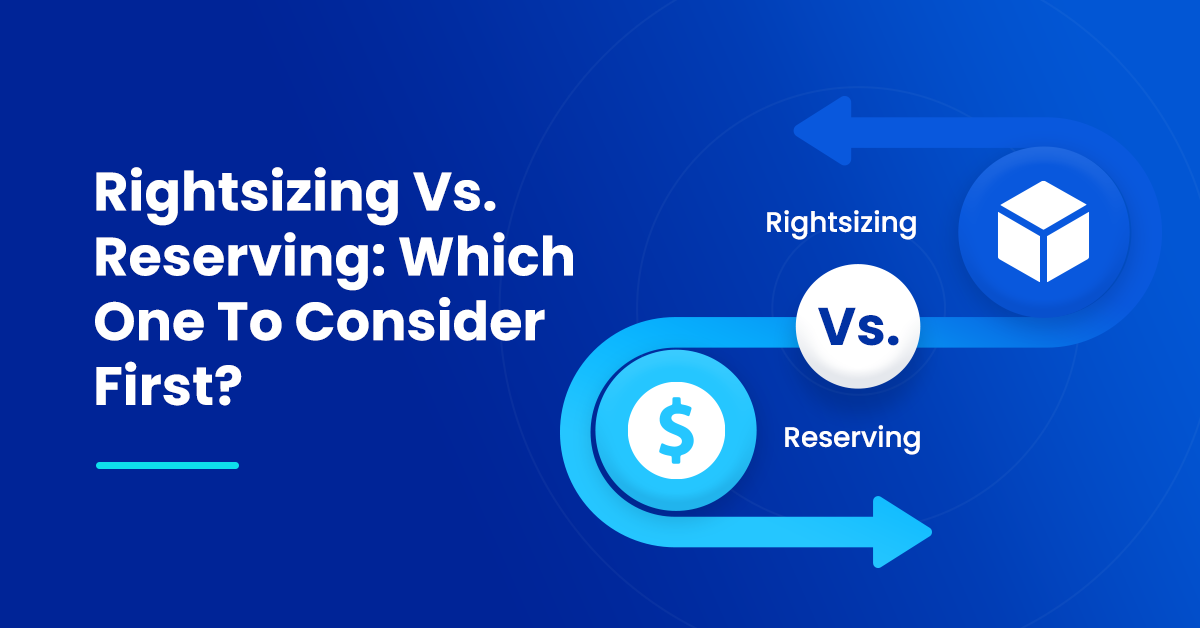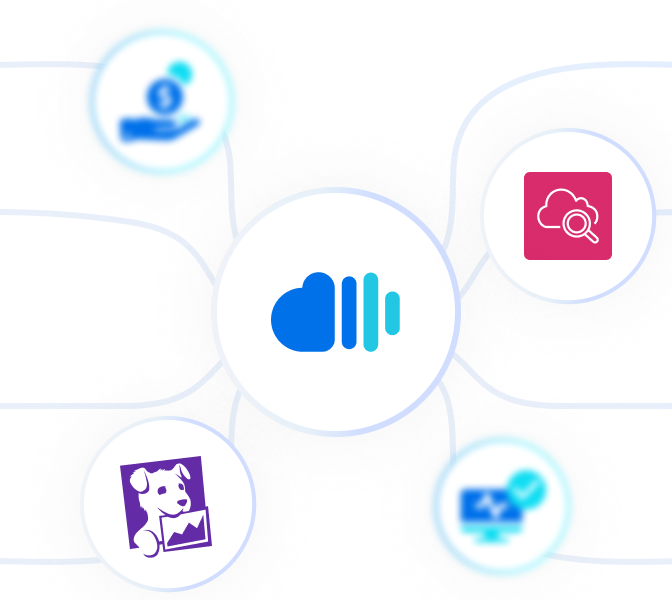Reducing cloud costs has become a top priority for organizations, as they estimate wasting 32 percent of their cloud spend, as per a report by Flexera. Furthermore, more than 50 percent of AWS revenue comes from the EC2 computing service, making it the primary focus for cost reduction.
And considering EC2 costs, there are three primary options to reduce and optimize the costs:
- Using a different service/resource plan
- Committing to a financial plan for a discount
- Reducing the size of instances in use (rightsizing)
When it comes to cost optimization for organizations, option 1 of choosing the right financial commitment may not always be feasible, leaving them with the choice of either committing financially or rightsizing. However, before making a commitment, it is crucial to ensure that the right instance type is being used, especially when committing to a 1 or 3-year financial plan. This is where rightsizing comes into play.
While both rightsizing and reserving can help reduce costs, it’s often a dilemma of whether to do one or the other. However, the optimal solution is to do both, as doing one may nullify the ability to do the other. But, which one should be preferred as the first step?
This blog covers reserving and rightsizing in alternate sequences and evaluates the pros and cons of both ends. Read on to learn more about this!
Reserving First, Rightsizing Next!
The old mindset of committing to reservations for all instances running regularly can create a dilemma when instances are not utilized fully. For instance, committing to 20 reservations of r6g.4xl when only 15 are required will lead to idle resources and huge cloud cost wastage.
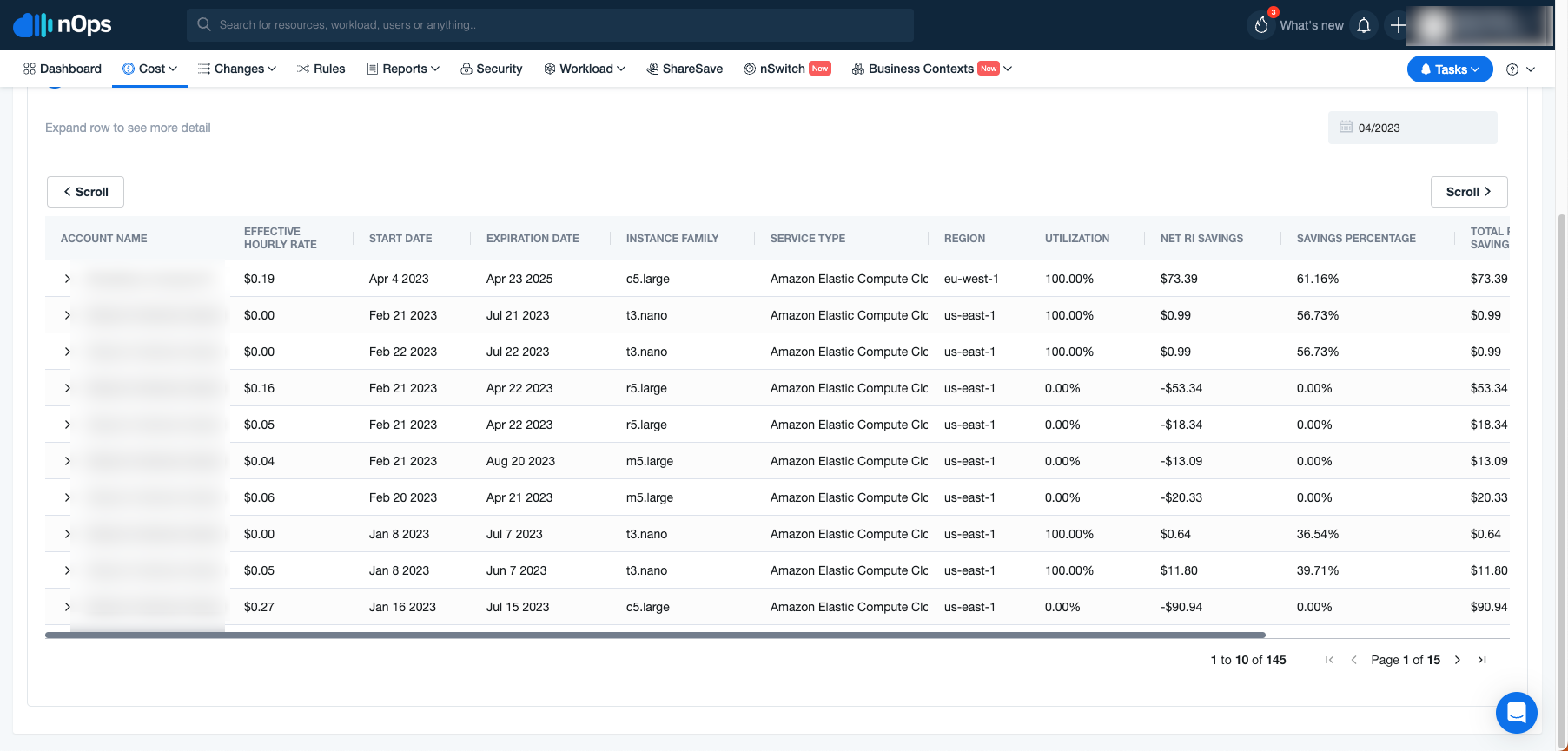
This leaves organizations with a difficult decision: either to not rightsize the 5 machines and overpay for the instances, or to rightsize the EC2 instances and overpay on their commitment. Neither way is optimal.
- Partial Solution: Size Flexibility
One option to tackle this is regional reservations with size flexibility, which allows rightsizing down within the same instance family. By doing this, the benefits of the reservation can still be applied to the new, smaller instances. Although organizations are still financially committed at a higher level than necessary, this approach helps to reduce costs without sacrificing performance.
- Partial Solution: Convertible RIs –
Another partial solution is convertible reservation (CRI), which offers more flexibility toward savings plans but with discounts closer to standard reservations. With Convertible RIs, organizations can cash in their existing reservations and exchange them for something else. While this solution is viable, it may not be optimal for all organizations, as managing reservations and calculating exchange proposals can be tedious, and CRIs come with lower percentages than standard reservations.
Either approach requires a significant amount of time, analysis, and planning to implement.
Rightsizing First, Reserving Next!
After the RIs expire, the next plan is to rightsize the instances to avoid over-committing to reservations that are not needed. However, the process of rightsizing can take a significant amount of time. According to AWS, you should only downsize your instances if your maximum CPU and memory usage is less than 40% over a four-week period, which can take at least four weeks to determine.
The Definitive Guide to AWS Rightsizing
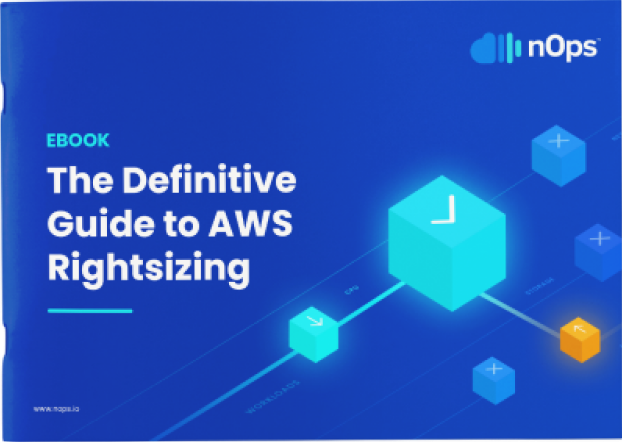
In reality, rightsizing initiatives often take around six months or longer, during which you would be paying on-demand prices and missing out on potential reservation savings. This can lead to a dilemma where you don’t want to commit to reservations until you have completed the rightsizing process, yet you also don’t want to miss out on the savings that reservations can provide.
Partial Solution: Selling on the Marketplace
One solution is to purchase and use the reservations for the next 6-8 months while rightsizing the instances. After that, you can sell them on the Marketplace to recoup some of the costs. However, if you have a large number of instances and varying purchase times, buying and selling reservations on the Marketplace becomes more complicated.
While the Marketplace can be a helpful approach, it is important to consider the potential challenges and complexities involved when managing a large and complex cloud environment.
Rightsizing And Reserving – Doing Them Together With nOps!
Managing your RI commitments can be a stressful and time-consuming task, especially when you need to balance innovation and cost savings. That’s where nOps comes in with our Risk-Free Commitment Management platform.
With nOps, you no longer need to worry about overcommitting or overpaying for instances. nOps eliminates the tireless scouring through pricing tables, RI inventory, and Marketplace rates.
nOps Risk-Free Commitment platform takes the hassle out of managing your reservations and automates your savings commitments as you resize your EC2 instances. This allows you to take advantage of new instance types and sizes while maintaining cost efficiency. We also ensure 100% utilization of the RIs and Savings Plans commitments we automate for you.
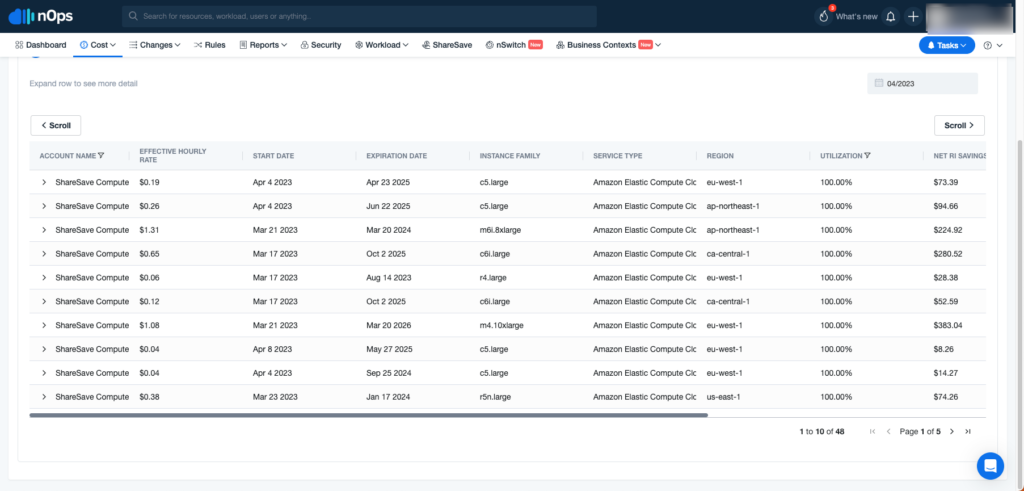
With nOps, you’ll pay less for your instances and benefit from compounded savings through effective reservations management.
Primarily, your team focuses on innovation, while nOps runs optimization on auto-pilot to help you track, analyze and optimize! Our customers can benefit in two key ways:
- First, pay less for what you use without the financial risk.
- Second, use less by automatically pausing idle resources.
Let us help you save! Sign up for nOps today or book a demo call.
